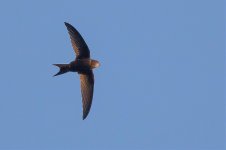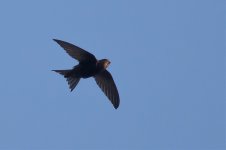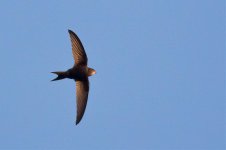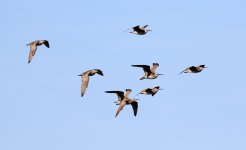Hi everyone. I've had a 7D MKII for a while now but used it in conjunction with my Canon 600mm IS to try and take photos of the Black Terns that were at Longham Lakes today. Basically most of my shots were rubbish as the autofocus simply didn't want to lock onto the birds, which made for a very frustrating morning. I was wondering if anyone else uses the camera and what settings they use for birds in flight.
This was the best I could manage
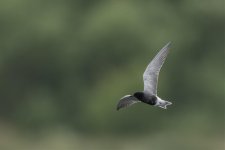
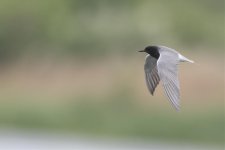
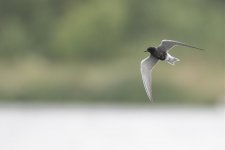
This was the best I could manage








